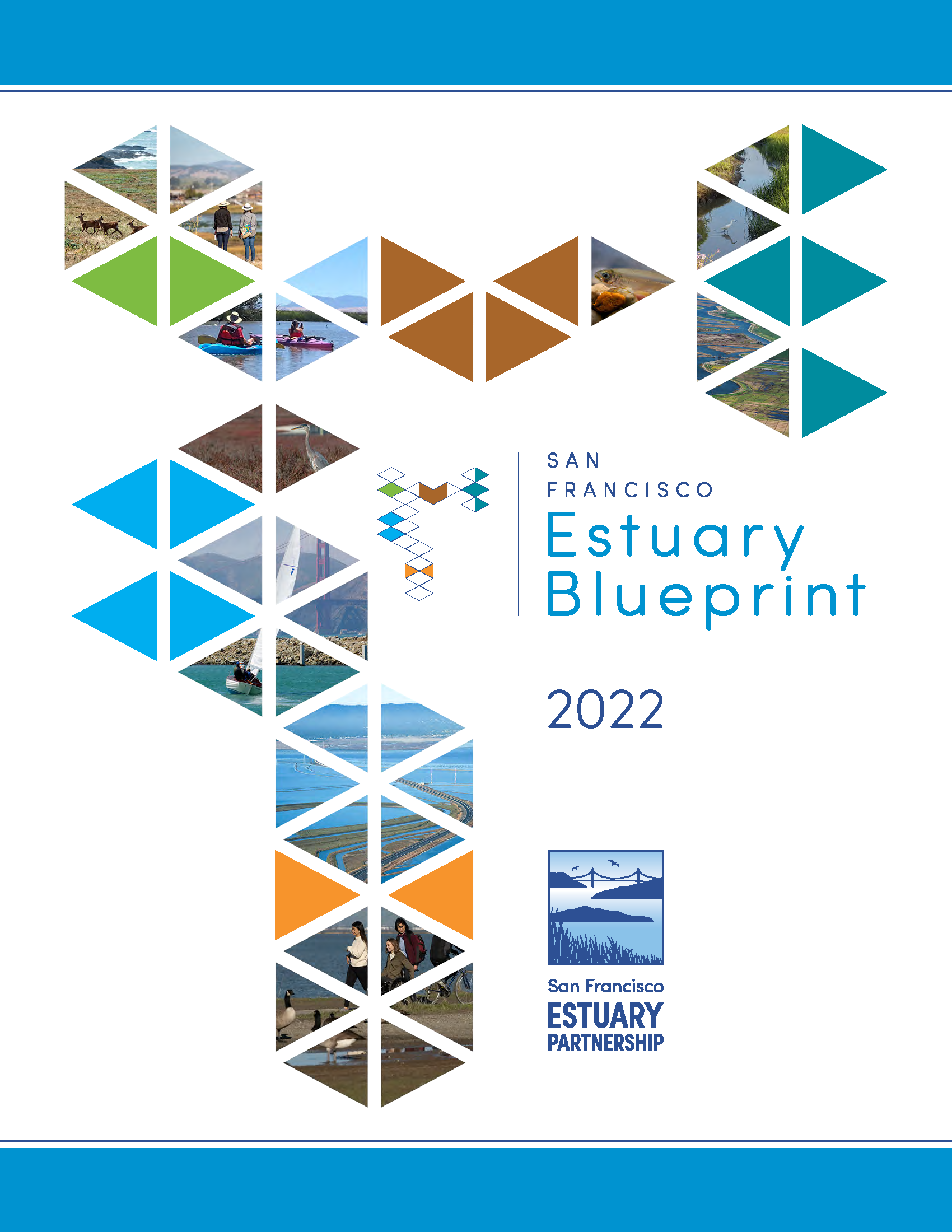Action 16: Freshwater Flows
← Back to Estuary Blueprint Actions
Improve the timing, amount, and duration of freshwater flows critical to Estuary health.
Inform elected officials, Tribes, and the public, including frontline communities, about the critical importance of freshwater flows through the Sacrament/San Joaquin Delta to San Francisco Bay and ultimately out the Golden Gate. Work with partners to adjust the timing, amount, and duration of freshwater flows as part of a more natural flow regime through the Delta and San Francisco Bay to better support all public trust uses.
Overview
The flow of fresh water from the watershed to the Estuary to the Pacific Ocean is a critical hydrologic process that influences almost all ecological processes and organisms in the Estuary. Altered freshwater flow regimes are one of the many powerful stressors affecting the health of the Estuary today, and studies show that current flows, particularly from the Sacramento and San Joaquin rivers and their tributaries, are insufficient to protect public trust resources, such as valuable aquatic ecosystems and multiple fish species.
Task Description
Update and implement the San Francisco Bay/Sacramento-San Joaquin Delta Estuary Water Quality Control Plan (Bay-Delta WQCP) with timely and scientifically sound information and keep the public and non-governmental organizations (NGOs), Tribes, and local, state, and federal officials informed.Task Lead(s)
State Water Resources Control BoardTask Collaborating Partner(s)
California Department of Fish and Wildlife, National Oceanic and Atmospheric Administration, San Francisco Estuary Partnership, Tribes, U.S. Environmental Protection Agency, U.S. Fish and Wildlife Service, non-governmental organizations, water agenciesCost Estimate Key
|
Cost Estimate
$$Milestone(s)
Completed update and implementation of the Bay-Delta WQCP.Task Description
Initiate research to assess critical ecological connections between the inland (Bay-Delta-Central Valley watershed) and coastal portions of the Estuary, including but not limited to: The relationship between the freshwater plume from San Francisco Bay to nearshore waters and the abundance, distribution, and other population viability attributes of coastal fish and wildlife. The relationship between flows and salmon abundance; the health of the Southern Resident population of orca (Orcinus orca) and other oceangoing species; and the abundance of various runs of Chinook salmon (Oncorhynchus tshawytscha) originating in the upper Estuary’s watersheds (Sacramento River and Central Valley Evolutionarily Significant Units).Task Lead(s)
The Bay InstituteTask Collaborating Partner(s)
National Oceanic and Atmospheric Administration, Virginia Institute of Marine ScienceCost Estimate Key
|
Cost Estimate
$$Milestone(s)
One to two technical papers describing the initial findings, as well as a white paper synthesizing overall findings for a lay audience.Task Description
Integrate Tribal priorities regarding improvements to freshwater flows, such as pursuing legal personhood for traditional waterways and incorporating Traditional Ecological Knowledge into water management and decision-making for tributaries of the San Francisco Estuary. Support Tribes in developing capacity to co-manage or lead freshwater flows resources management.Task Lead(s)
Tribes, California Indian Environmental AllianceTask Collaborating Partner(s)
California Department of Water Resources, San Francisco Estuary Partnership, State Tribal LiaisonsCost Estimate Key
|
Cost Estimate
$Milestone(s)
At least one convening of Tribes and Tribal organizations to review state data and plans, including opportunities for Tribe-to-Tribe conversations, in preparation for meeting with state agencies at the Tribal Water Summit or similar event.Task Description
Undertake a study to assess the social, cultural, and economic values, including non-monetary values, of freshwater flows to residents of the Estuary and beyond, including Tribes.Task Lead(s)
San Francisco Estuary Partnership (Coordinator)Task Collaborating Partner(s)
California Indian Environmental Alliance, Delta Protection Commission, Tribes, fishing organizations, local universities or colleges, recreation organizations, tourist organizationsCost Estimate Key
|
Cost Estimate
$$Milestone(s)
Report synthesizing values of freshwater flows.Task Description
Synthesize recent studies on the effect of flow regimes on survival of juvenile salmonids and Delta water temperatures to support future updates to instream flow management decisions that are protective of native fishes for the Sacramento and San Joaquin rivers and Delta.Task Lead(s)
National Oceanic and Atmospheric AssociationTask Collaborating Partner(s)
California Indian Environmental Alliance, San Francisco Baykeeper, The Nature Conservancy, Tribes, U.S. Environmental Protection AgencyCost Estimate Key
|
Cost Estimate
$Milestone(s)
One or more technical reports distributed to decision-makers, managers, Tribes, and the public.Task Description
Explore potential collaboration on freshwater flows priority needs and populations of endangered species with other West Coast National Estuary Programs (Puget Sound Partnership, Tillamook Estuaries Partnership, Lower Columbia Estuary Partnership, San Francisco Estuary Partnership, The Bay Foundation), Tribal Marine Stewards Network, and sovereign Tribal nations to collaborate on shared freshwater flows priority actions.Task Lead(s)
San Francisco Estuary PartnershipTask Collaborating Partner(s)
Lower Columbia Estuary Partnership, Puget Sound Partnership, The Bay Foundation, Tillamook Estuaries Partnership, TribesCost Estimate Key
|
Cost Estimate
$Milestone(s)
One meeting between West Coast National Estuary Programs and Tribal representatives.Task Description
Task Lead(s)
Task Collaborating Partner(s)
Cost Estimate Key
|
Cost Estimate
Milestone(s)
Task Description
Task Lead(s)
Task Collaborating Partner(s)
Cost Estimate Key
|
Cost Estimate
Milestone(s)
Updates and Emerging Issues
Since 2016, this Action’s focus remains largely similar to the last iteration of the Blueprint with the addition of expanding engaged stakeholders to include the priorities of Tribes and communities. Additionally, this task has identified natural and social science knowledge gaps to be filled and disseminated.
Climate Change Considerations
As climate change accelerates over the next decades, weather patterns are expected to become more extreme, leading to longer periods of drought, larger storms, and higher temperatures. Sierra snowpack may melt faster and earlier, leading to higher instream temperatures, with potentially devastating impacts on reservoir operations and salmonid mortality, as has occurred recently. Initiating research and providing management guidance through this Action will help address these vulnerabilities.
Equity Considerations
Tribes have long been excluded from restoration and management decisions that affect the flow of fresh water so vital to their peoples’ histories, cultures, and livelihoods. Integrating Tribal priorities and Traditional Ecological Knowledge (TEK) into management decisions will build the foundation for future collaborative management practices and Tribal leadership in freshwater flows resources management.
Blueprint Goals
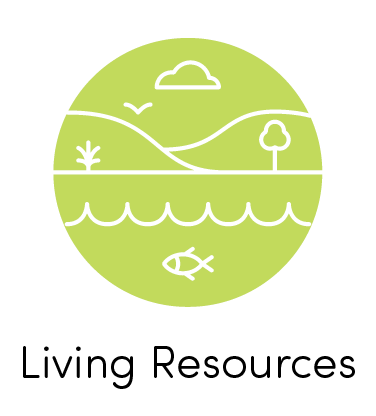
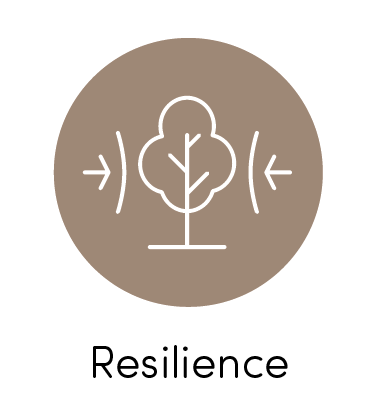
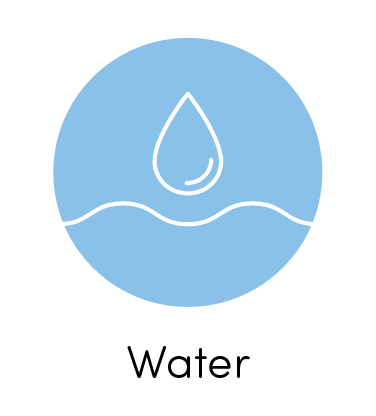
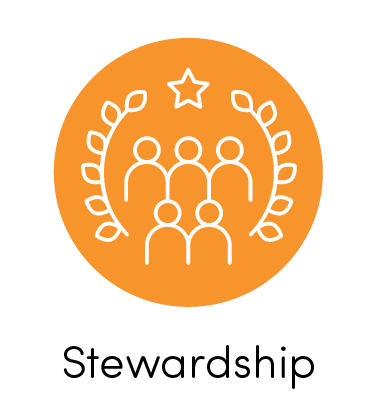
Connections to Other Actions
Watershed connections provide unique habitat and ecosystem services closely related to or dependent upon:
Action 5: Watershed Connections
Action 6: Sediment
Action 11: Transition Zones
Action 14: Creeks
Action 17: Water Conservation
Action 18: Recycled Water
